The Avenue of Baobabs: Magical sunsets
The Avenue of the Baobabs is a group of baobab trees, lining a small stretch of dirt road between Morondava and Tsiribihina in Western Madagascar. This road has a row of about 20 – 25 impressive Baobab trees along a stretch of 260 m. The striking landscape and the magical sunsets, at the Avenue of Baobabs are a major draw for travellers – most of them photo-trigger happy.
The best time to visit Baobab Avenue is at sunset and sunrise when the weird shapes of the Baobabs are highlighted on the changing background of brilliant colours.
About the Baobabs – the ‘Mother of the forest’
The Baobab tree is locally known in Malagasy as the ‘renala’ – meaning the ‘Mother of the Forest’. It is also playfully referred to as the upside-down tree. With its large trunk and root like branches, it does live up to his moniker. It is also known as the bottle tree due to its long straight water bearing trunks.
The Baobab tree species found in the Avenue of Baobabs, i.e. the Adansonia grandidieri is an incredible tree. They have massive, cylindrical, long, thick, trunks, up to three meters across, covered with smooth, reddish-grey bark. They can reach 25 to 30 m (82 to 98 ft) in height. The most incredible part is their age – they can be up to 800 years of age!

The Baobabs have beautifully adapted to their environment in dry arid areas. The tree stores water within the fibrous wood of the trunk to prepare for the times of drought. The tree’s diameter actually fluctuates with rainfall!
In addition, the Baobabs are quite useful trees: Their trunks are tapped for water during the dry season. The trunks are spacious enough to live in – there is actually a bar within a Baobab tree in South Africa. The young leaves (when reachable) are eaten as a salad vegetable when little else is available, and the nutritious sour brown pulp (tasting somewhat like tamarind) of the hard-shelled fruits is made into a pleasant summertime beverage all over Africa.
When to visit the Avenue of the Baobabs?
It is important to time your visit to the Avenue well, especially when you are visiting it en-route from Tsiribihina to Morondava. The Baobabs are their grandest as a spectacular silhouette against the beautiful colours of the setting sun. Travellers vie for the best picture of the Avenue and the Baobabs against the setting sun. Also remember, this is one of the most sought out sights and so all tourists to Madagascar would definitely make a visit here. So, getting here early and being patient is very important to get the best views. (and the best spots!)
The best time is to arrive about 2 hours before sunset. The crowds come mainly in the cooler evenings for the magical sunsets. Being early allows you to walk the Avenue along with locals- for whom this is a very important road in their daily life. The time allows you to appreciate the grandeur of these massive trees up close. Most important, at this time, you would not find too many people on the Avenue other than the locals. This gives you a wonderful opportunity to photograph the avenue without the annoying crowds!
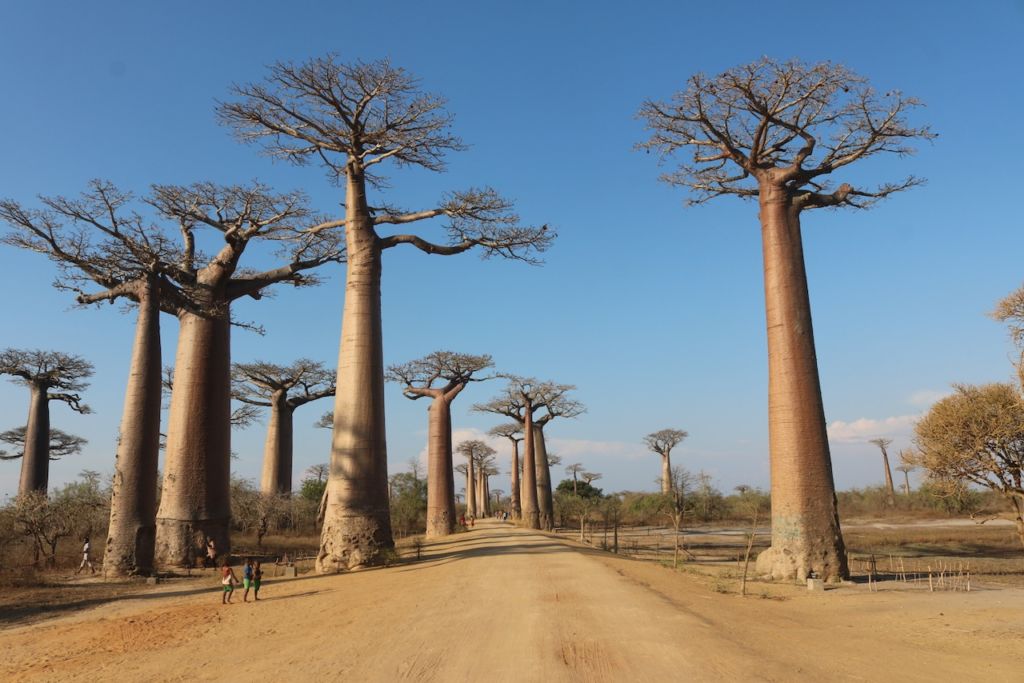
The Baobabs of love – Baobab Amoureux
Some 7 km to the northwest is the Baobab Amoureux (the Baobas of Love). Here, there are two Adansonia za trees (also an endemic baobab species), that have become twisted to each other as they grew.
According to legend, these Baobabs formed themselves after an impossible love between a young man and young woman of the nearby village. However, both already had partners arranged for them by their families and had to marry separately in their respective villages. However, the couple dreamed of a life together and asked the help of their God. With the blessings of the Gods, both baobabs were born here and now live together for eternity as one – just as the couple had always wished.
An interesting pit-stop when you are travelling from Kirindy towards the Avenue of the Baobabs. Do not miss this! The sight of the intertwining trees is truly amazing.
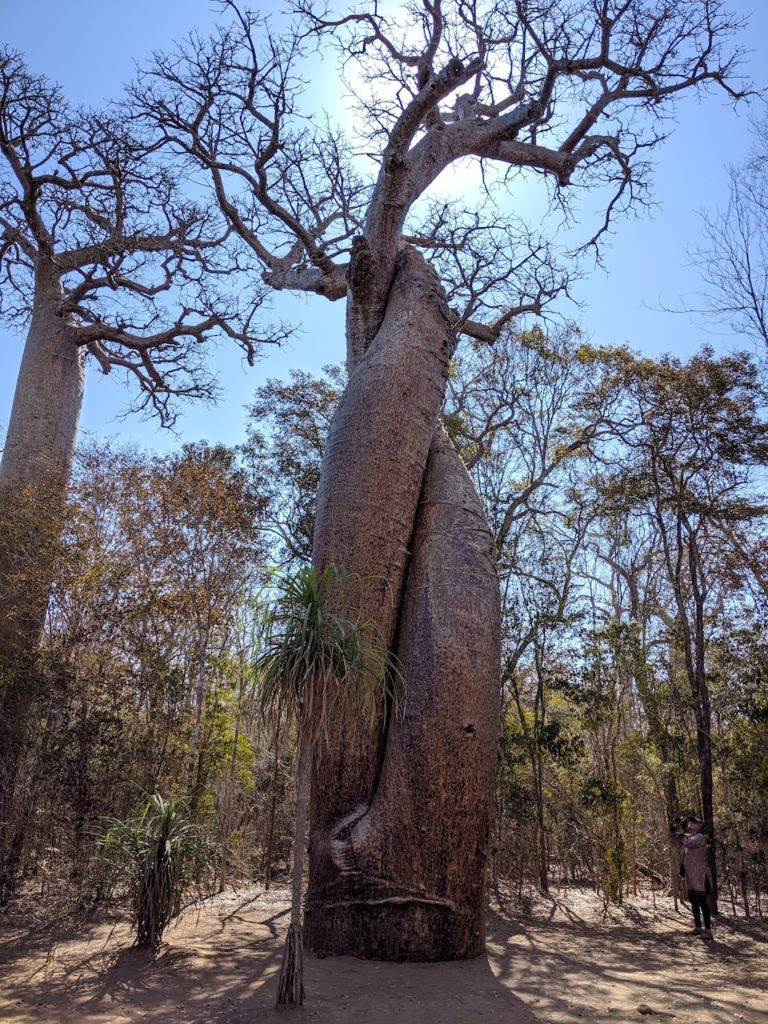
The Malagasy People: Contrasts!
While we were waiting for the sunset, we noticed the contrast between the poor rural Malagasy and the affluent fun-loving Malagasy. Striking contrasts that are much common in all developing countries – very much like India.
Check out this lovely video of the youth dancing with beer – surrounded by curious local kids!
Baobabs and Madagascar
Often a Baobab picture is the tourism emblem of Madagascar. But is this genus of trees unique to Madagascar? Partly yes. Of the nine species of the Baobab trees, six (including the Adansonia grandidieri) are native to Madagascar. Two species are native to mainland Africa and the Arabian Peninsula, and one is native to Australia. One of the mainland African species also occurs on Madagascar, but it is not a native of Madagascar. The African and Australian baobabs are almost identical despite having separated more than 100 million years ago, probably by oceanic dispersal.
Having said this, I have heard / seen Baobabs in other unusual places as well! One is in my home country – in the ancient city of Mandu in Madhya Pradesh, India. Check out this very nicely written blog on this : To Mandu, From Madagascar by Raul Dias.
The other Boabab tree I saw myself. This was my first sighting of a Baobab tree – long before I visited Madagascar. While travelling in Sri Lanka, in the remote northern town of Mannar, we found (nearly by accident – courtesy Lonely Planet) this local attraction – a nearly 700 year short and grumpy Baobab. Read a lot more about the legends and stories of Baobab trees in Sri Lanka in this well researched article: The Baobab Trees of Mannar.

Closing Thoughts: The environmental tragedy of Madagascar
The Avenue of Baobabs has definitely become a postcard attraction for travellers from across the world. It has now become an emblematic symbol of Madagascar.
However, the Avenue hides the dark side of the human story of Madagascar – that of wanton environmental destruction. At one time in the past, the trees dotting the Avenue of Baobabs were part of a rich deciduous forest. The encroachment of modern civilization and increasing populations in the area led to massive deforestation leaving the remaining Baobabs to stand in relative isolation. You can witness the destruction being caused by the ‘slash and burn’ style of agriculture when you travel all across Madagascar. This area is also prone to this practice.
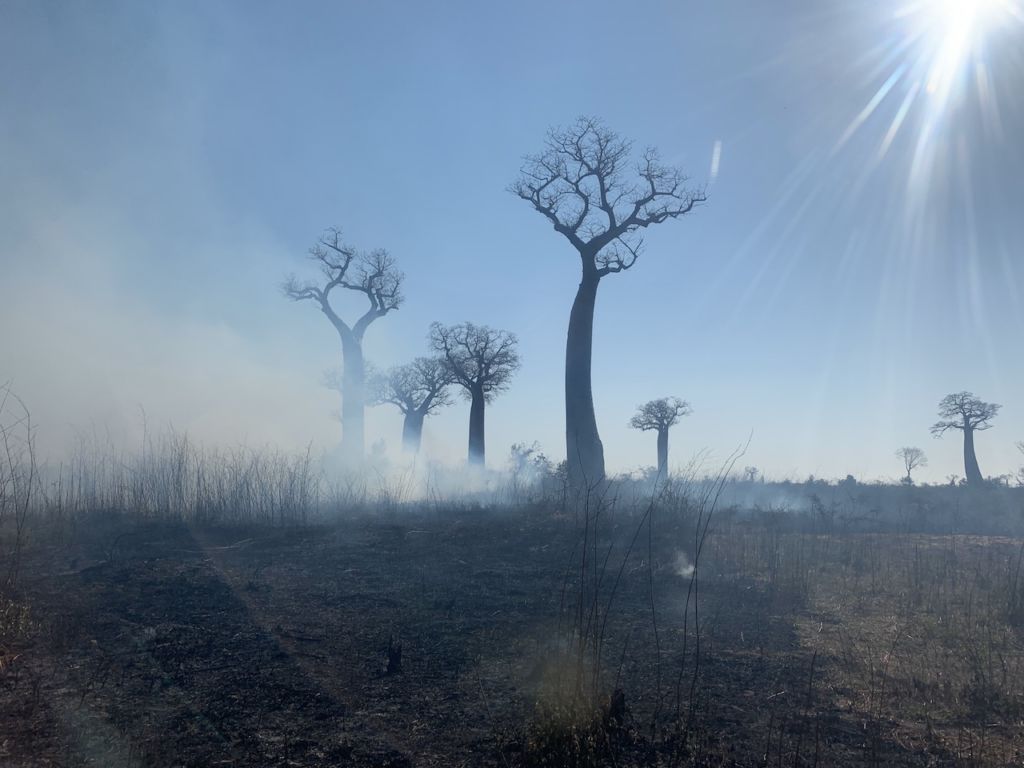
Today, all you can see in the surrounding areas are agricultural fields, leaving the Baobabs as lonely witnesses to the destruction caused by man. There are also a handful of the ancient trees remaining in the outlying areas. But both the trees in the countryside and along the Avenue are under near constant threat of extinction.

Visit Madagasacar
Check out our standard trips on our Madagascar page. We would love to discuss your travel plans to this amazing Island.
Watch our video on our visit to this beautiful Avenue of Baobabs.


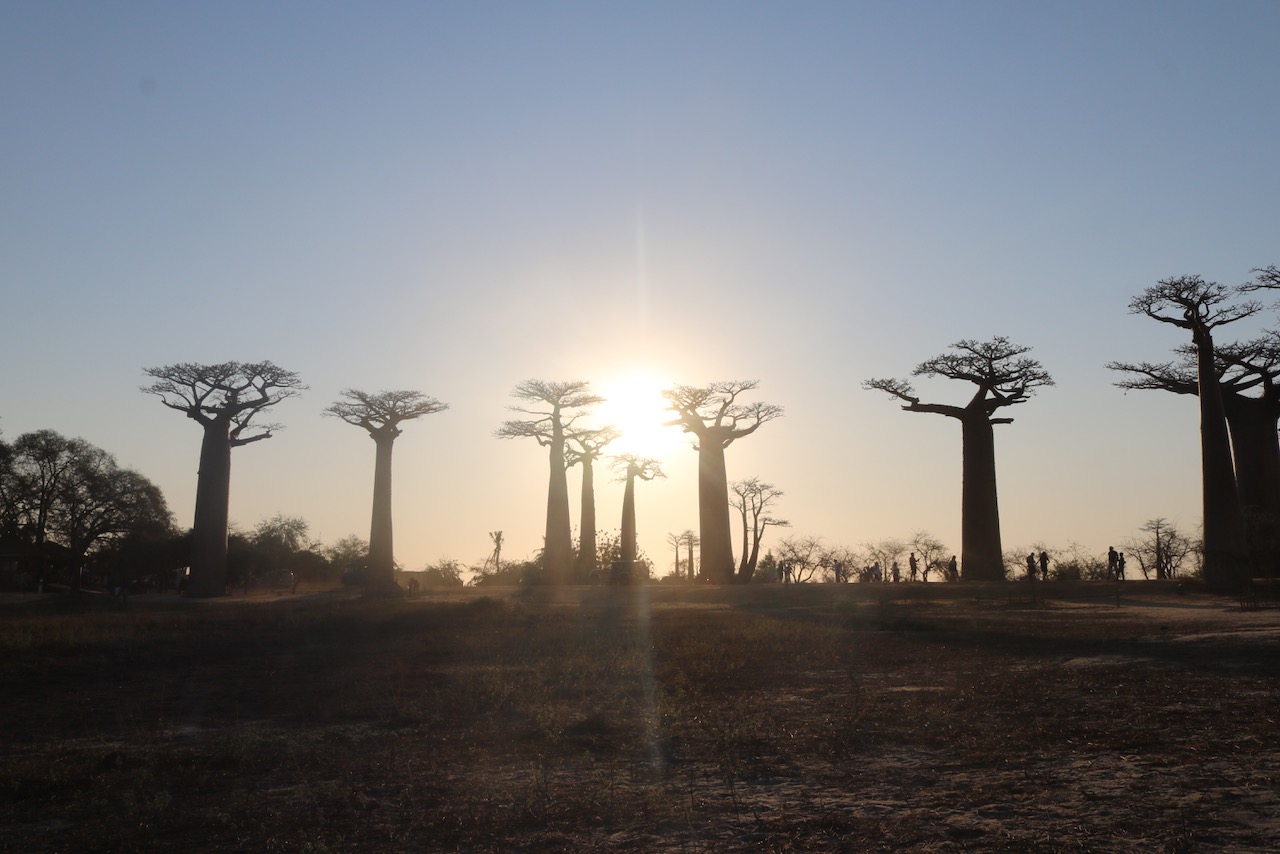
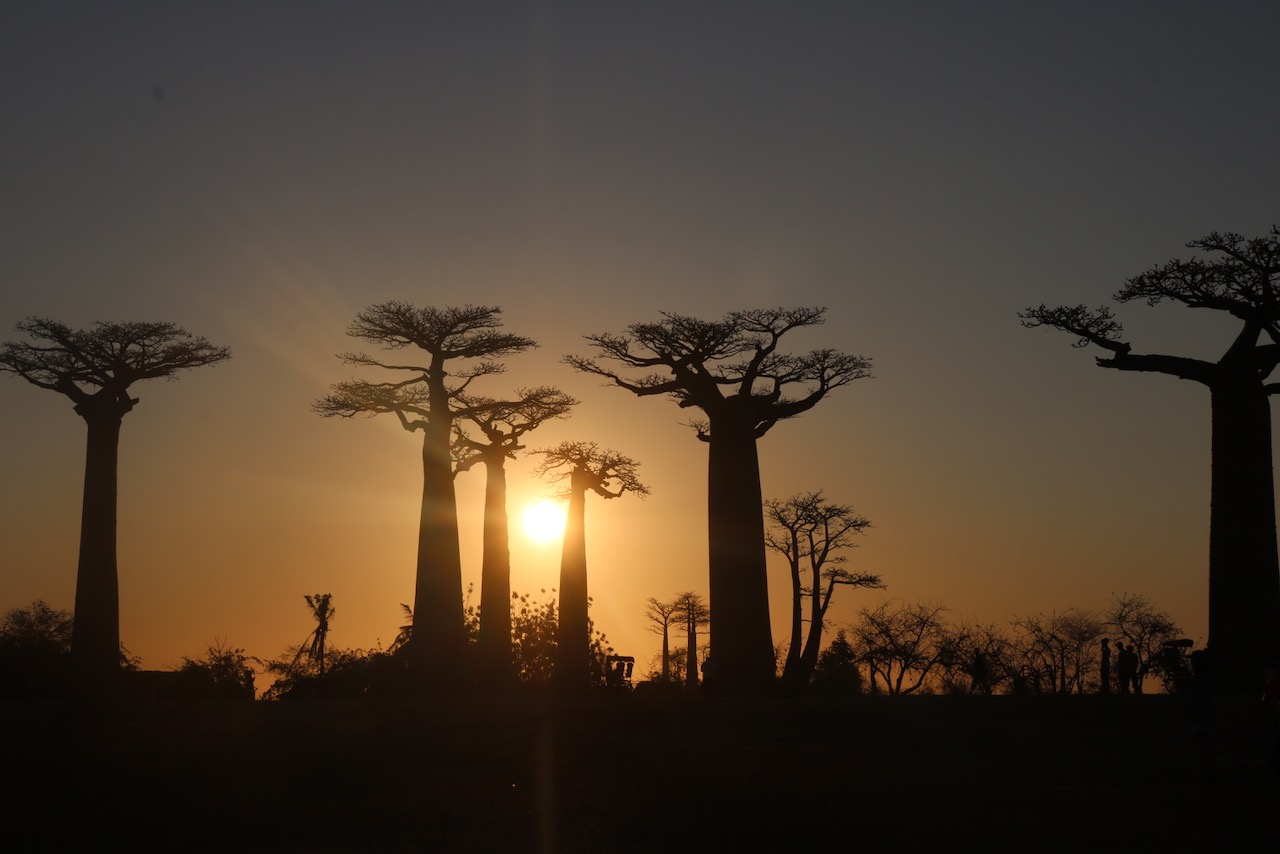
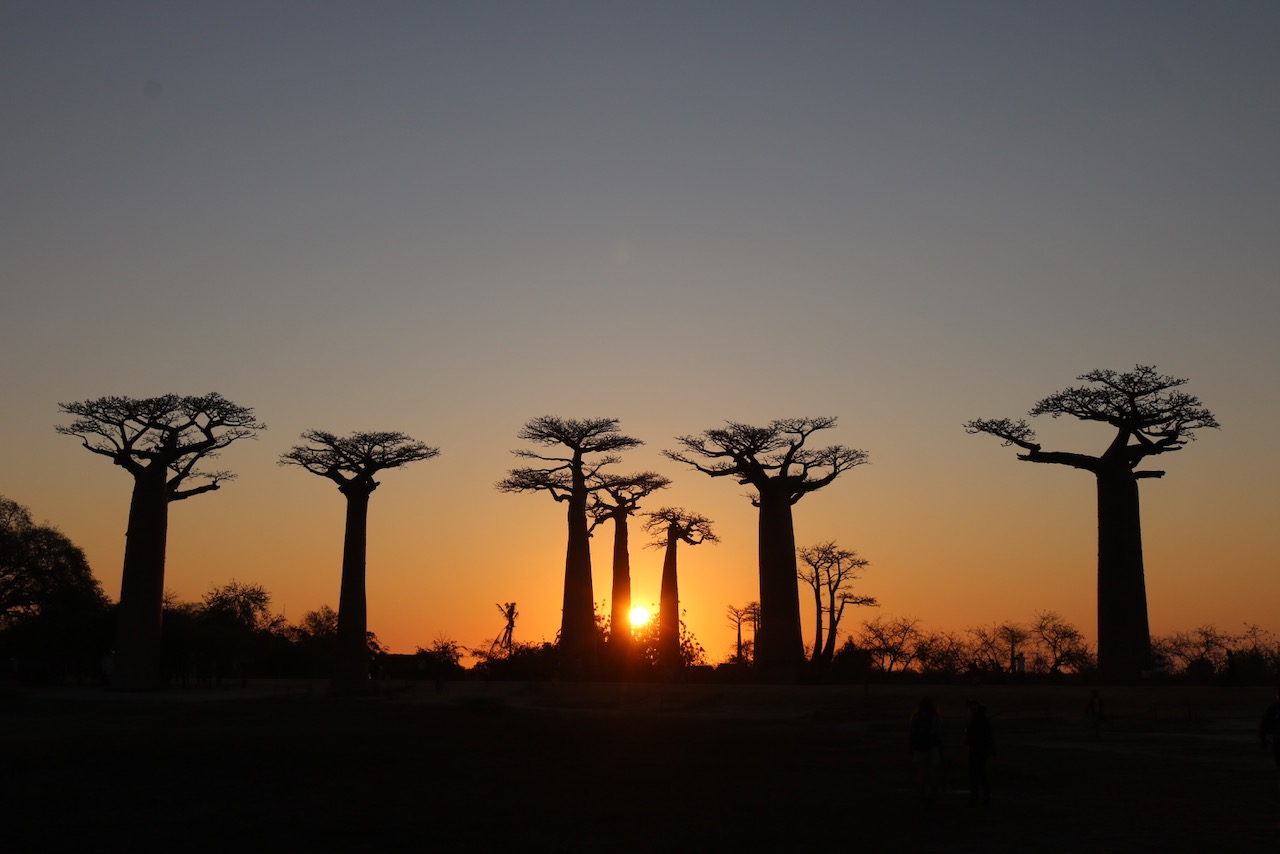

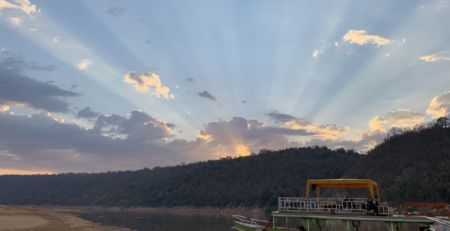
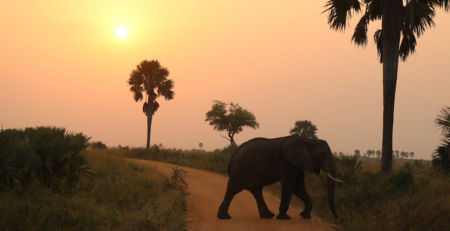
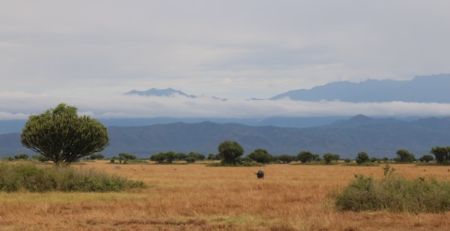


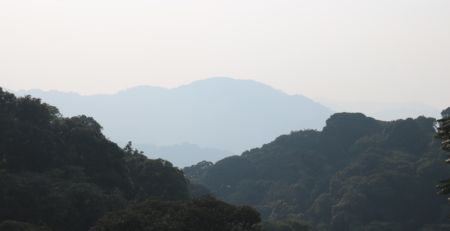
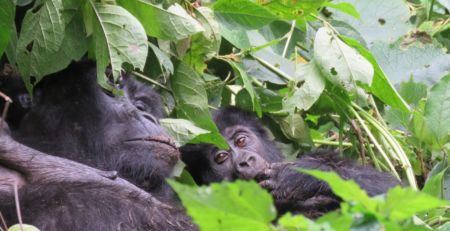
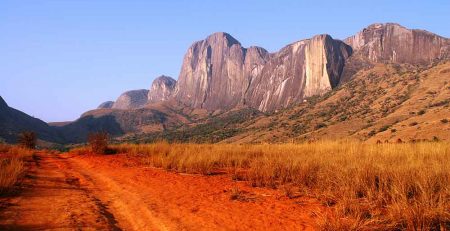

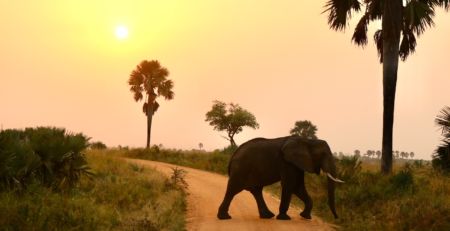
Leave a Reply